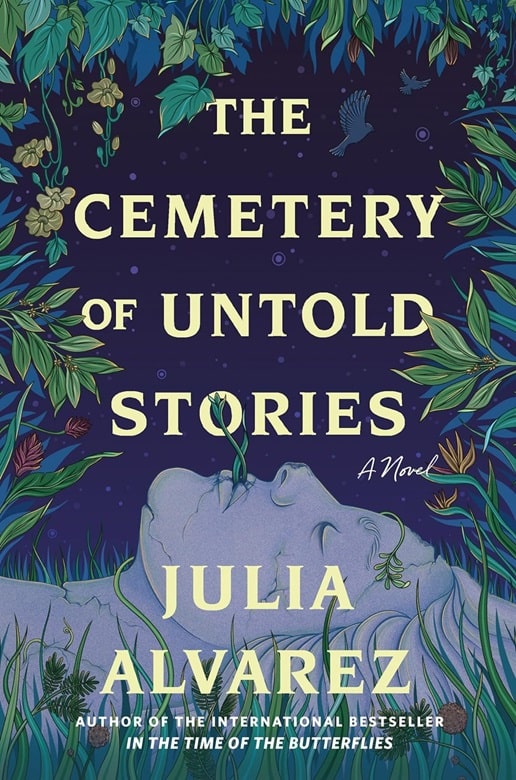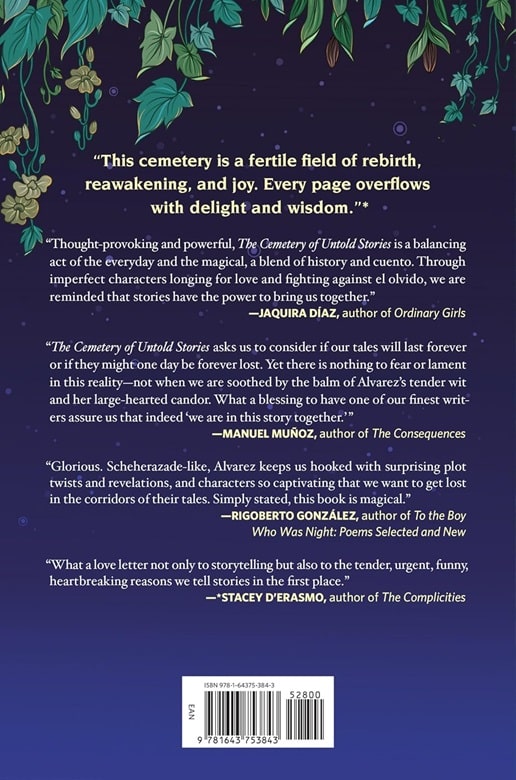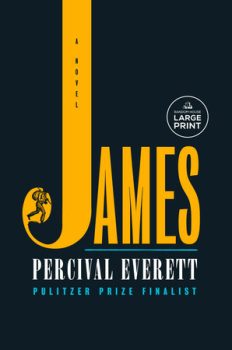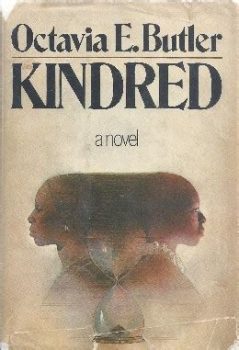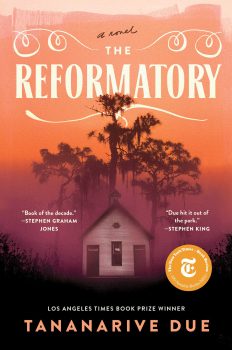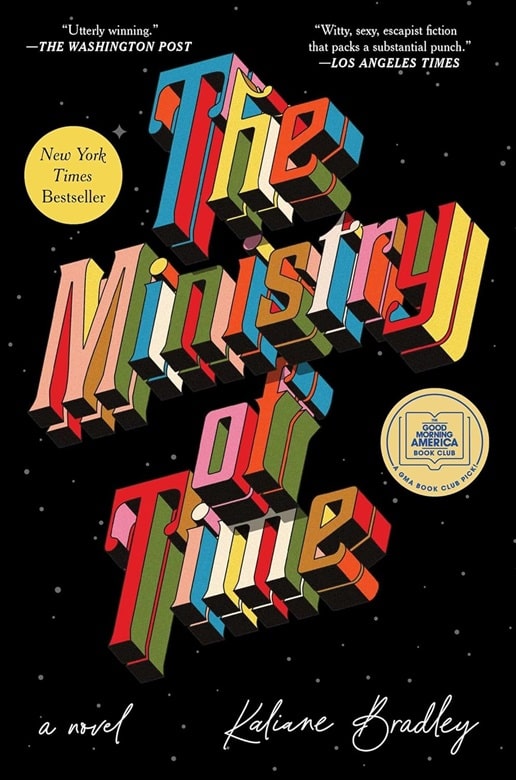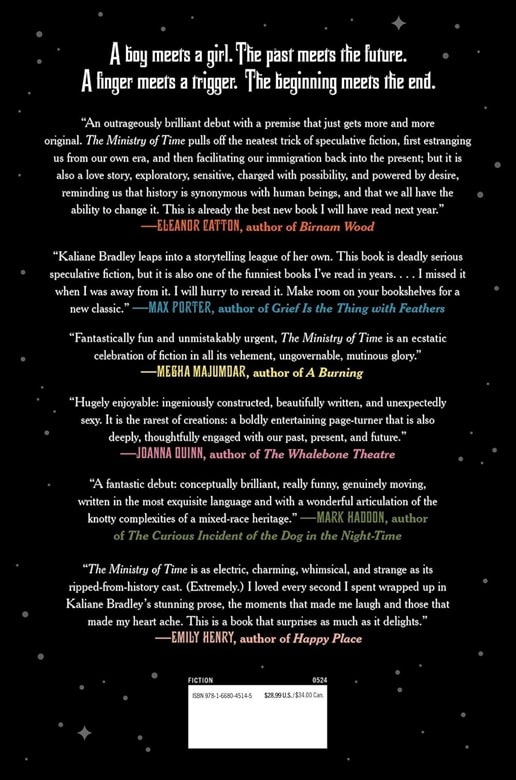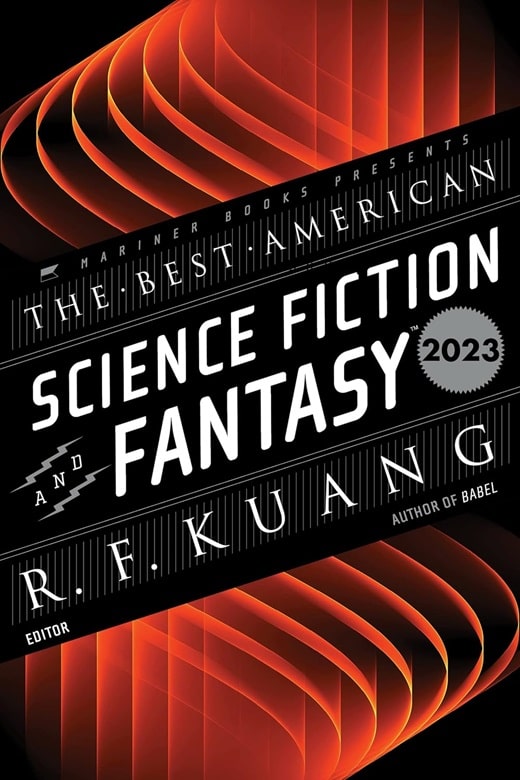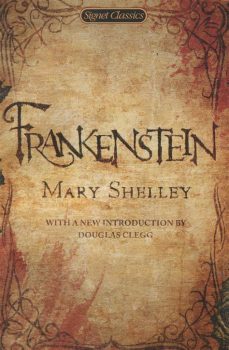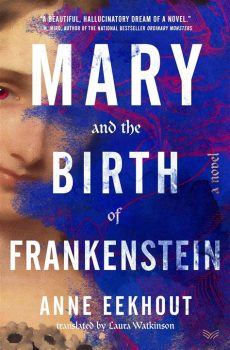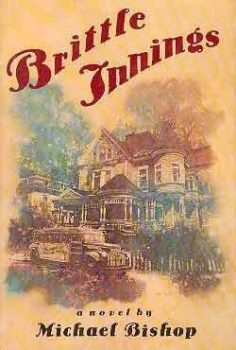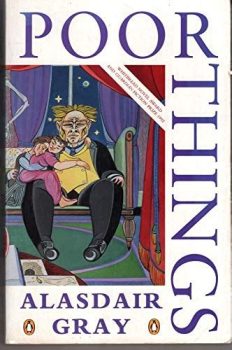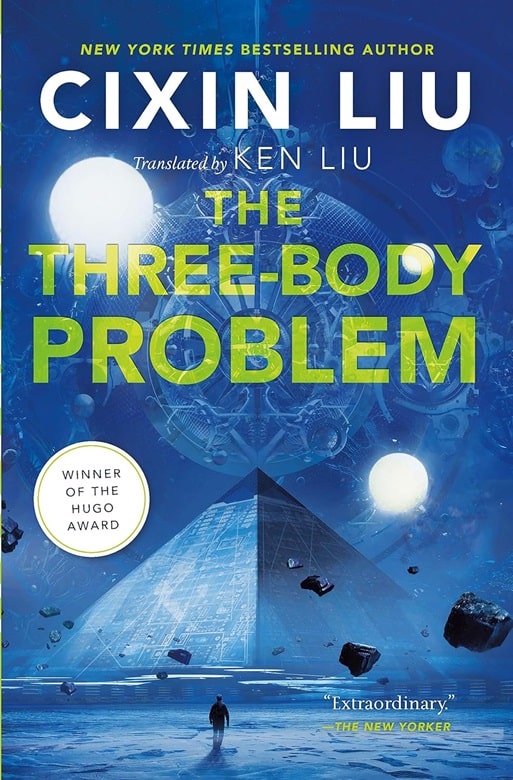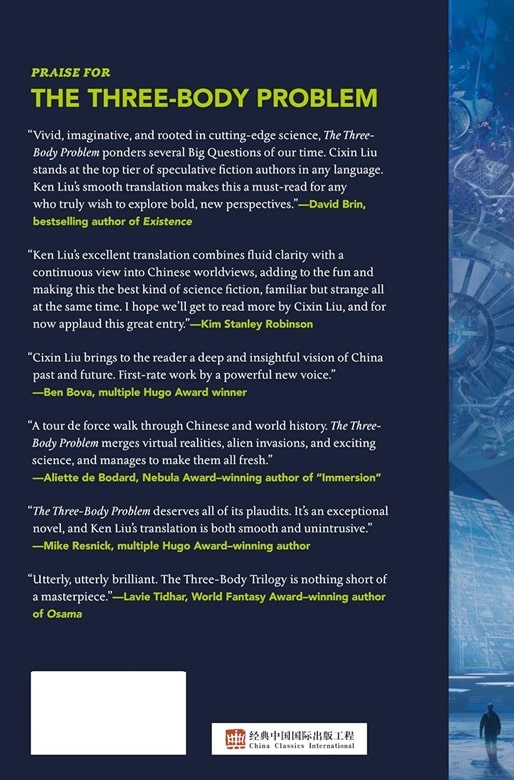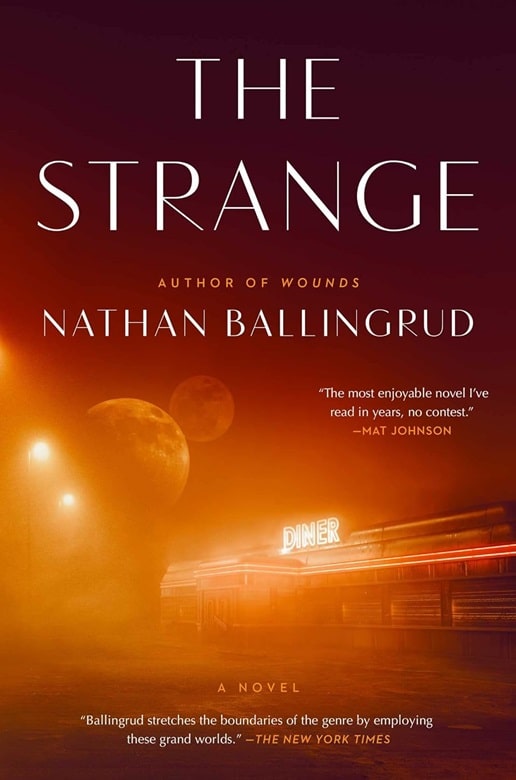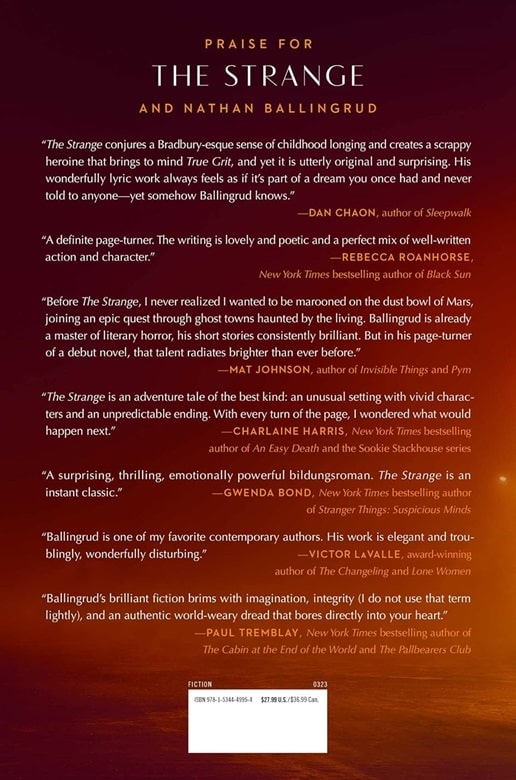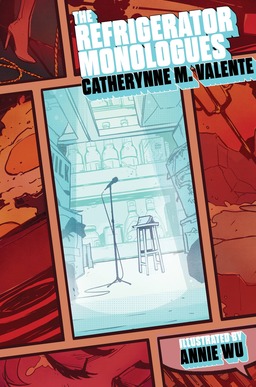Everyone Knows This is Nowhere: The Book of Elsewhere by Keanu Reeves and China Miéville
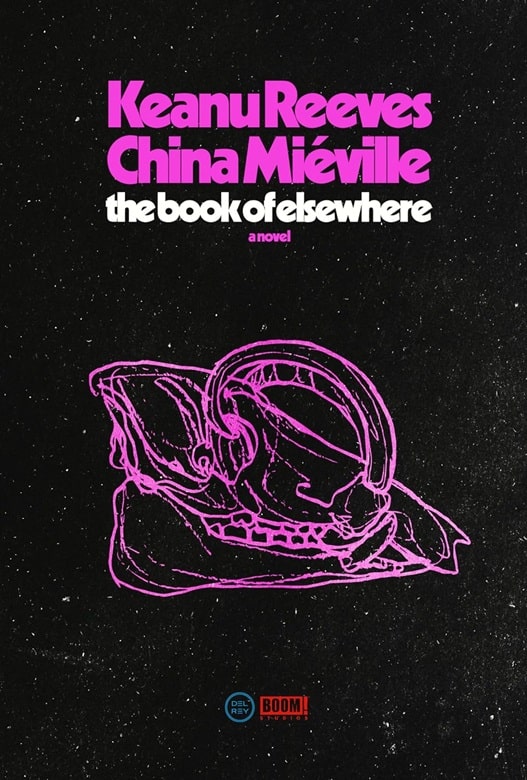 |
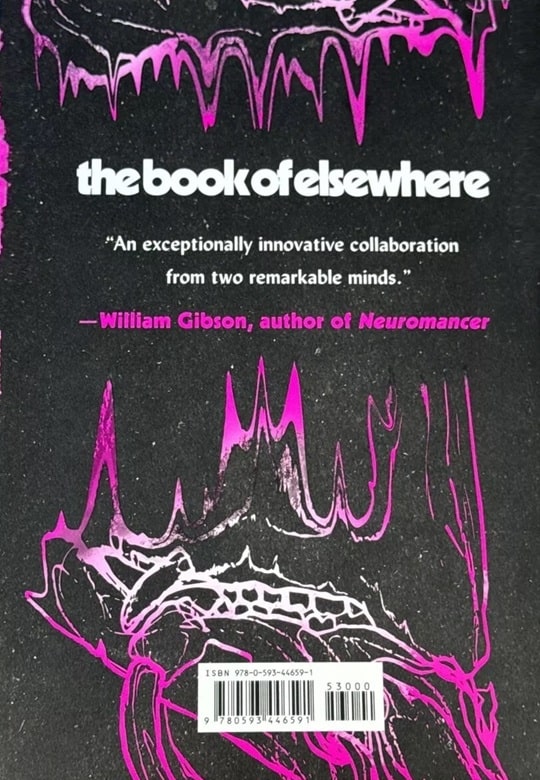 |
The Book of Elsewhere (Del Rey, July 23, 2024). Jacket design by Drusilla Adeline
Can someone who has been alive for 80,000 years find wonder and meaning in every day life? Would such an immortal still be capable of surprise, still uncertain about his own motivations, still unable to come to grips with the meaning of it all? After experiencing centuries upon centuries of the death of others, and frequently inflicting those deaths, do you become oblivious to the fate of mortal souls as just so many anthill denizens?
Is there anyone else out there like you? And why are you the way you are? Would the wish for mortality indicate a Freudian death wish, or instead a yearning to experience the existential perils and the perplexities of being that paradoxically imbue significance?
These are the intertwined questions posed by The Book of Elsewhere, a tie-in novel by Keanu Reeves and China Miéville based on BRZRKR, a 12-issue comic book (graphic novel?) co-written by Reeves. The title refers to when the protagonist suffers episodes of uncontrollable violence and goes “berserk” (get it?), although “suffer” is perhaps better applied to those in the line of fire of his rage.
